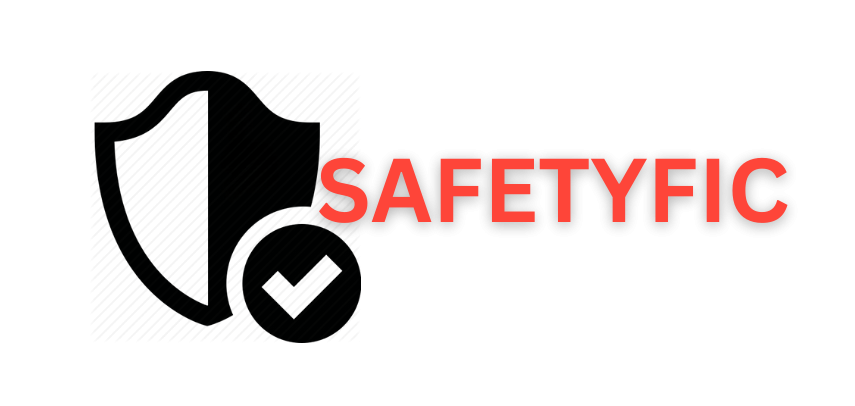Securing your home is a vital step in protecting your family, belongings, and peace of mind. With advancements in technology and an increased awareness of safety measures, there are many effective ways to fortify your home against potential threats.
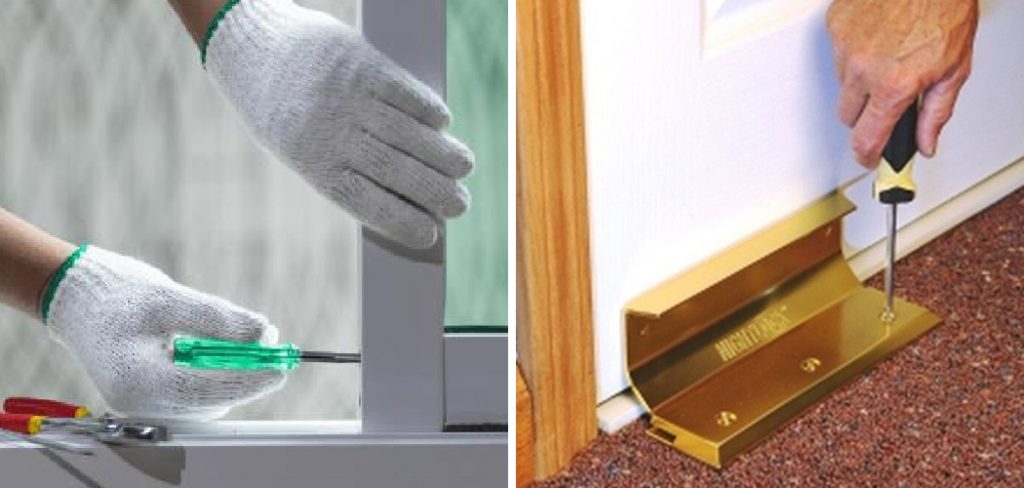
This guide will provide practical tips and strategies to help you enhance your home’s security, from reinforcing entry points to employing the latest in smart home technology. By taking proactive measures, you can create a safe and comfortable environment for you and your loved ones.
In this blog post, we’ll walk you through the steps on how to fortify your home so that you can get back to using it in no time! So grab your tools, and let’s get started!
Assessing Vulnerabilities of Your Home
Before implementing security measures, it’s essential to identify the potential vulnerabilities in your home. Start by conducting a thorough inspection of all entry points, including doors, windows, and garage access. Check for weak locks, broken latches, or outdated materials that could be easily bypassed.
Additionally, evaluate the visibility of these areas—are they well-lit or hidden from view? Next, consider your outdoor space. Overgrown shrubs or trees near entry points can provide cover for intruders, making them a concern. Finally, assess how accessible your home is to outsiders and identify any blind spots around the property. By pinpointing these vulnerabilities, you can prioritize and implement the most effective security upgrades.
Reinforcing Doors and Windows
One of the most effective ways to enhance your home security is by reinforcing doors and windows. Start with your doors by ensuring they are made of solid materials such as steel or solid wood, as these are more resistant to forced entry. Install high-quality deadbolt locks and consider adding a strike plate reinforcement to strengthen the doorframe. For additional protection, a door brace or security bar can provide extra resistance against attempts to kick in the door.
Windows are another critical area to secure. Install locks on all windows, even those on upper floors, and consider adding shatter-resistant film or security glass to prevent break-ins. Security bars or grilles can be used for ground-level windows, though it’s essential to ensure they can be quickly released from the inside in case of an emergency. Lastly, using motion-activated lights around doors and windows can deter potential intruders, making your home a less appealing target. Reinforcing these access points is an essential step in creating a safer and more secure environment.
10 Methods How to Fortify Your Home
Method 1: Strengthen Doors and Locks
Doors are the primary entry points for intruders, so reinforcing them is essential. Start by installing solid core or metal doors at all main entrances. Upgrade standard locks to high-quality deadbolts with reinforced strike plates.
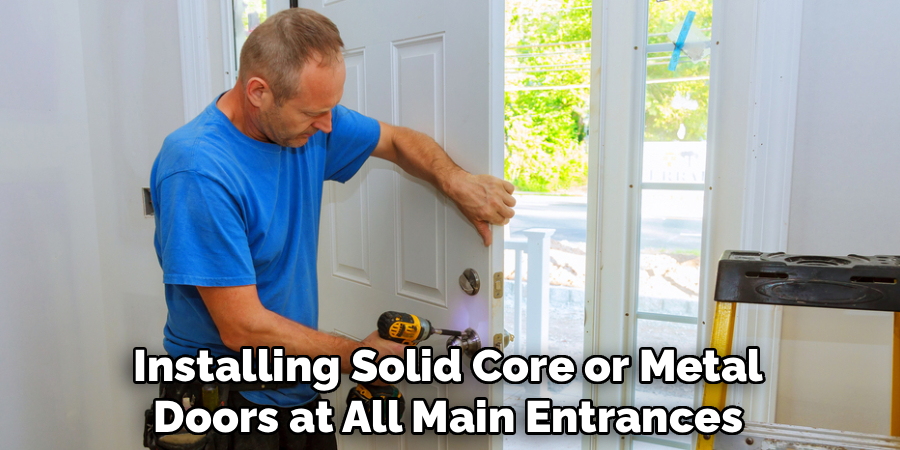
Consider adding door reinforcement kits that include metal hinges, longer screws, and anti-pry plates. Additionally, installing a secondary security device, such as a door jammer or chain lock, provides extra protection. A fortified door discourages break-ins and significantly improves the overall security of your home.
Method 2: Reinforce Windows and Glass Surfaces
Windows are another vulnerable point in home security. Reinforce them by installing shatterproof glass, laminated security film, or polycarbonate panels. Window locks and latches should be checked and upgraded if necessary.
Consider installing security bars or grilles in areas that are less visible but accessible from the outside. Additionally, sensor alarms on windows can notify you if a window is forced open. Reinforcing windows ensures that they cannot be easily compromised and strengthens your home’s defense against both intrusion and environmental hazards.
Method 3: Install a Security System
Modern security systems provide both deterrence and rapid response capabilities. Install a system with cameras, motion detectors, and door/window sensors that connect to a central monitoring service. Visible cameras and warning signs act as deterrents to potential intruders.
Smart home security systems allow you to monitor your property remotely, receive alerts in real-time, and even trigger alarms automatically. Integrating a security system with lighting, locks, and alarms significantly improves your home’s resilience and provides peace of mind.
Method 4: Improve Outdoor Lighting
Proper lighting is a simple yet effective method to fortify your home. Motion-activated lights around the perimeter, entrances, and driveways deter intruders by eliminating hiding spots. Illuminate pathways, garages, and backyard areas to increase visibility during nighttime. Solar-powered lights or timed outdoor lighting systems can maintain illumination even during power outages. Strategic outdoor lighting not only improves security but also enhances the aesthetic appeal of your home.
Method 5: Strengthen Garage Security
Garages are often overlooked entry points, yet they can provide access to your home and valuables. Reinforce garage doors with metal brackets, heavy-duty locks, and smart openers with encryption features.
Ensure that any connecting door from the garage to the house is solid and equipped with a deadbolt. Installing motion sensors or cameras in the garage adds an extra layer of security. By fortifying the garage, you protect both your vehicles and your home from unauthorized access.
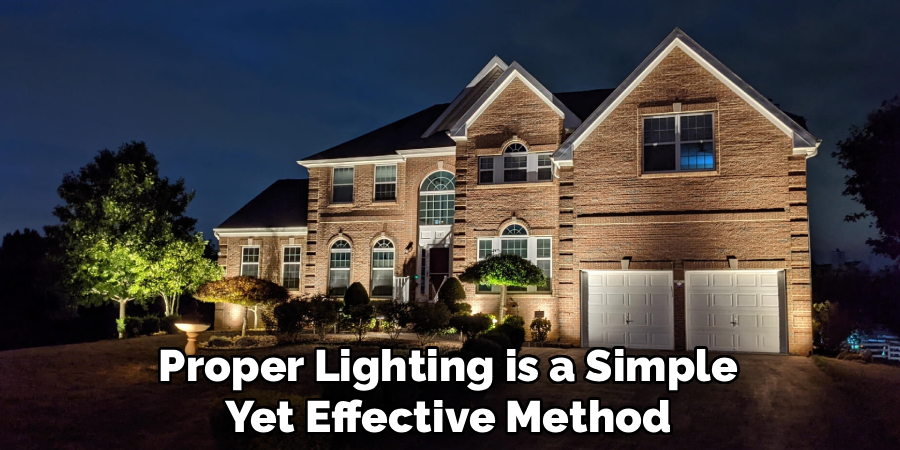
Method 6: Secure Perimeter and Fencing
A strong perimeter is a key component of home fortification. Install tall, durable fences with locking gates to prevent unauthorized entry. Consider adding thorny shrubs, hedges, or landscaping barriers along vulnerable points.
Perimeter alarms or motion detectors can alert you to movement near your property boundaries. A well-secured perimeter discourages intruders and provides time for you to respond to potential threats before they reach the house itself.
Method 7: Reinforce Roof and Structural Integrity
Natural disasters, severe weather, and accidents can compromise a home’s structure. Reinforce the roof using hurricane straps, metal connectors, or additional bracing to prevent it from being lifted during storms. Inspect walls, foundations, and load-bearing elements for weaknesses and repair cracks or damage promptly. Reinforced structural integrity ensures that your home can withstand environmental stresses, keeping occupants safe during emergencies.
Method 8: Install Shutters or Storm Panels
For homes in areas prone to storms, hurricanes, or extreme weather, installing shutters or removable storm panels provides additional protection. These barriers shield windows and doors from flying debris and high winds. Materials such as steel, polycarbonate, or reinforced aluminum offer durable protection while allowing temporary removal when not needed. Using storm shutters not only fortifies your home against intrusions but also enhances safety during natural events.
Method 9: Create Safe Rooms or Panic Areas
A fortified home benefits from having designated safe rooms or panic areas. These are spaces reinforced with solid doors, strong locks, and communication devices that can protect occupants during intrusions, natural disasters, or emergencies. Stock safe rooms with essential supplies, such as water, first aid kits, flashlights, and communication devices. Establishing a safe room ensures that you and your family have a secure location to retreat to in critical situations.
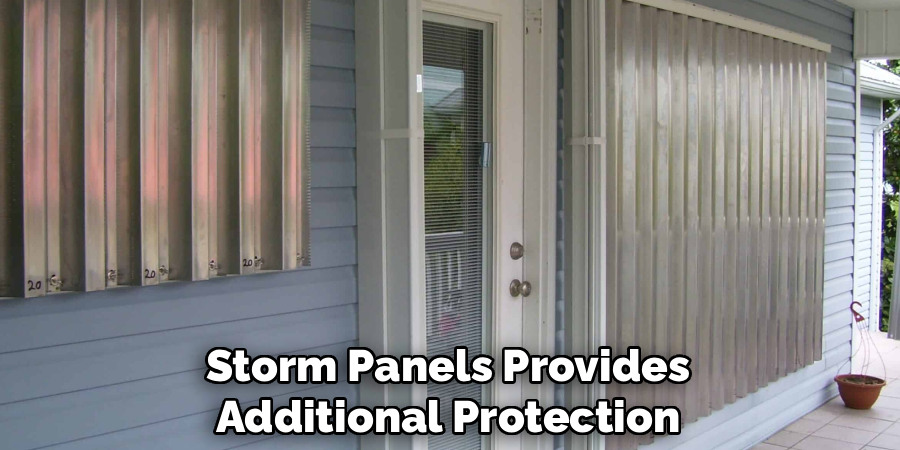
Method 10: Maintain Emergency Preparedness and Redundancy
Fortifying a home extends beyond physical barriers; it includes preparedness for emergencies. Keep fire extinguishers, emergency lighting, backup power supplies, and first aid kits readily available. Develop and practice evacuation plans, communication protocols, and safety procedures with your family.
Regular maintenance of security systems, doors, locks, and structural elements ensures that your fortification measures remain effective over time. A well-prepared home enhances safety, resilience, and the ability to respond effectively during emergencies.
Maintenance and Upkeep
Regular maintenance is essential to ensure that all protective measures and emergency equipment remain functional and reliable over time. Conduct periodic inspections of security devices, including cameras, alarms, and motion detectors, to verify they are in good working condition.
Check structural components such as doors, windows, and locks for signs of wear or damage, and repair or replace them as needed. Test backup power supplies, fire extinguishers, and smoke detectors routinely to ensure they operate correctly when required.
Additionally, refresh emergency supplies—such as water, food, and medical kits—to ensure they are not expired. Consistent upkeep not only extends the longevity of safety systems but also provides peace of mind, knowing that your home remains prepared for unexpected situations.

Troubleshooting Common Issues
Even with regular maintenance, occasional issues may arise that require prompt attention. For instance, if a smoke detector starts beeping intermittently, it’s often due to low battery power and can be resolved by replacing the batteries immediately.
Similarly, if a backup power supply fails to activate during a power outage, ensure that it is fully charged and check for any loose connections. For locks or doors that stick or fail to latch properly, inspect for debris, misalignment, or worn components, and lubricate or adjust as necessary.
Addressing small problems early prevents them from escalating into larger, more costly repairs and helps maintain the effectiveness of your home safety systems.
Conclusion
Fortifying your home is a comprehensive approach that combines physical security, structural reinforcement, and preparedness. By following these ten methods—from strengthening doors and windows to installing security systems, reinforcing structural elements, and preparing for emergencies—you create a safe, resilient, and secure living environment.
Effective home fortification not only protects your property and valuables but also provides peace of mind, knowing that your home is equipped to withstand potential threats, intrusions, or natural disasters. Follow these simple instructions outlined in this blog post about how to fortify your home, and you’ll be able to get the job done with ease.
About
Safety Fic is a distinguished figure in the world of Diy design, with a decade of expertise creating innovative and sustainable Diy solutions. His professional focus lies in merging traditional craftsmanship with modern manufacturing techniques, fostering designs that are both practical and environmentally conscious. As the author of diy, Safety Fic delves into the art and science of Safety Fic-making, inspiring artisans and industry professionals alike.
Education RMIT University
(Melbourne, Australia) Associate Degree in Design (Safety Fic) Focus on sustainable design, industry-driven projects, and practical craftsmanship. Gained hands-on experience with traditional and digital manufacturing tools, such as CAD and CNC software.
Nottingham Trent University
(United Kingdom) Bachelor’s in diyfastly.com and Product Design (Honors) Specialized in product design with a focus on blending creativity with production techniques. Participated in industry projects, working with companies like John Lewis and Vitsoe to gain real-world insights.
Publications and Impact
In diy, Safety Fic his insights on indoor design processes, materials, and strategies for efficient production. His writing bridges the gap between artisan knowledge and modern industry needs, making it a must-read for both budding designers and seasoned professionals.
